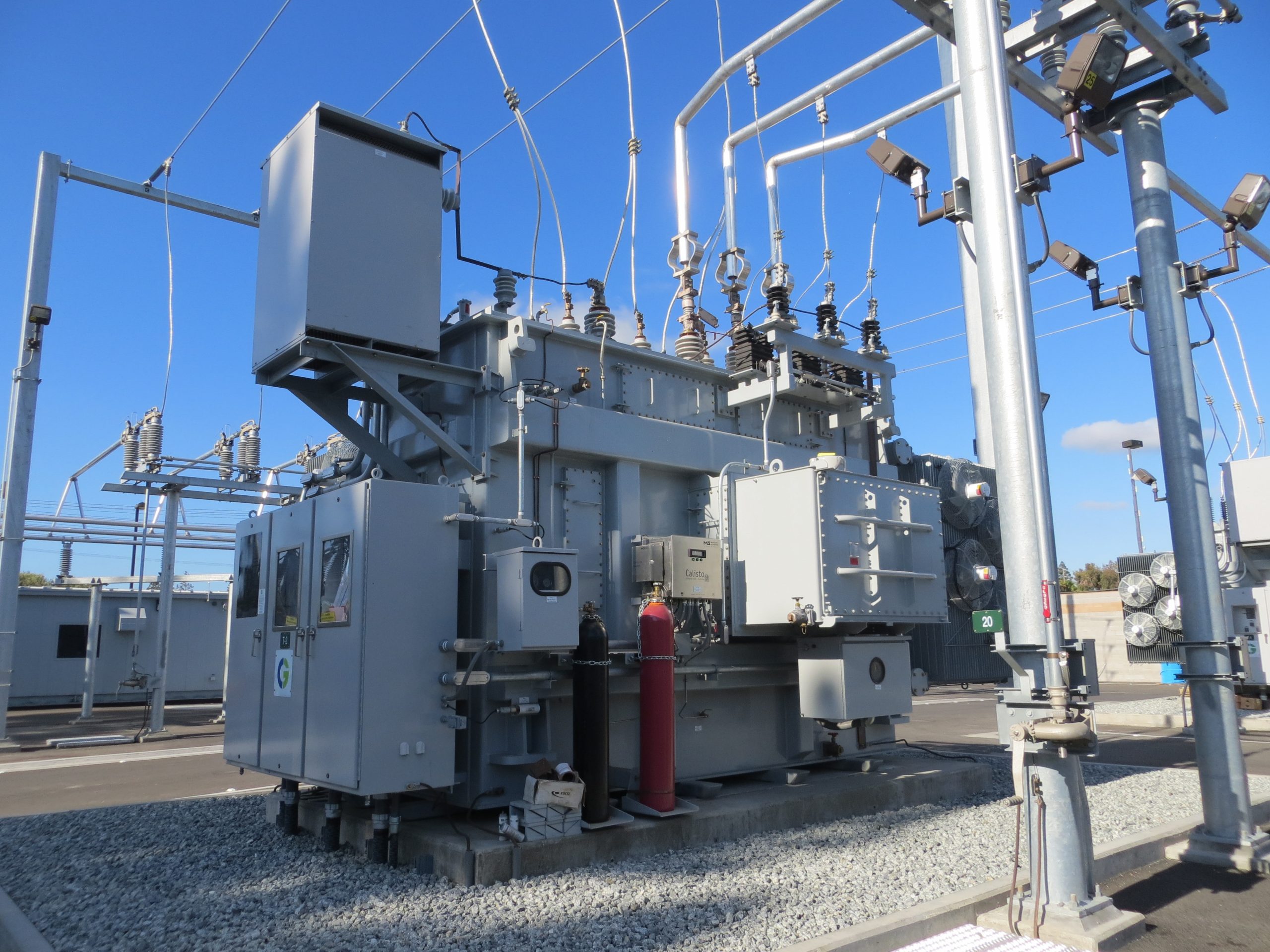Preparing Your Generator For a Storm

As the weather in the North Bay gets increasingly unpredictable, it’s important to consider installing a generator for your home or business. With the power outages, we’ve been experiencing more often, having a generator can help keep you and your family safe during storms and other unexpected events. This article will provide guidance on how to get started with preparing your generator for a storm.
Generator installation in the North Bay can be a challenging process, as you need to be sure that your generator is properly installed and maintained. Before beginning, it’s important to research what kind of generator will best fit your needs and budget.
Be sure to look for one that is weather-resistant and certified for use in the North Bay area. Once you’ve chosen a generator, hiring a professional to install and maintain it is essential. A certified technician can ensure that your generator is installed correctly and kept in good condition.
In this article, we are diving into our top tips to ensure your generator is prepared for storms.
Stay Up to Date on Generator Maintenance
We cannot emphasize enough the importance of regular generator maintenance. Whether you have an air-cooled or a liquid-cooled generator, prioritize regular maintenance. Periodic maintenance addresses current problems and prevents potential issues, helping keep your generator in top shape.
Run your generator for at least 15 to 20 minutes once a month to eliminate any trapped/accumulated moisture, lubricate the engine, and recharge the battery. This routine keeps your generator in optimal condition and helps you get familiar with the system. When you know how your generator works, you are better prepared to handle problems that can affect its performance.
Replace your spark plug every 60-100 hours. Test the transfer switch relays periodically, and vacuum and clean the interior to remove any debris. Replace the paper air filter if it appears dirty. If your generator has a foam filter, wash it in soapy water, allow it to dry, and re-oil it as per the manufacturer’s guidelines. If your generator’s filter cup (located near the fuel tank opening) is dirty, remove any solid debris by tapping it out, and then wipe the cup with a clean cloth.
In addition to performing these tasks regularly, have a professional inspect your generator every 6-12 months or 500 hours of operation. Exactly how often you should schedule a professional inspection depends on the type of generator and how frequently it is used.
Replace Your Battery at Recommended Intervals
Generators with dead batteries refuse to start. Generator batteries last two to three years. Replace your generator’s battery at manufacturer-recommended intervals to improve the reliability of your system. Have your engineer test your battery each time they service your generator.
Keep the Gas Lines Clear of Debris
If an above-ground propane tank provides fuel for your generator and the gas lines are also situated above ground, it’s important to keep them free from obstructions, including tree branches and any other objects that could interrupt fuel supply to the generator. After a major storm, visually inspect the gas lines and address any problems promptly.
Stock Up
If you have a propane or natural gas-powered generator, you have little to worry about, as propane and natural gas do not go bad easily. That said, a high wind event could cause fuel shortages. Therefore, you should stock up on natural gas/propane before a storm to ensure you have sufficient fuel to run your selected appliances for several days.
If your generator uses gasoline, stock up on fuel and ensure it’s fresh, as old or stale gasoline can gum up the carburetor, leading to problems later. To maintain the freshness of gasoline for an extended period, treat it with a fuel stabilizer.
Relocate Your Generator If Required
It’s essential to designate an area for your generator. This area should be easily accessible and free from foliage or other obstructions. Take steps to protect the generator from rain, as water and electricity are a deadly combination. Check the exhaust pipe at regular intervals to ensure it is unobstructed. Do not operate your generator indoors or keep it within 20 feet of your doors or windows, as generators emit carbon monoxide. Exposure to CO could cause dizziness, headache, loss of consciousness, and even death.
How to Safely Use a Generator
When used incorrectly, a generator could cause an accident. Every year, thousands of people are forced to make a trip to the ER after getting injured in accidents caused by their generators. To avoid safety issues, follow these tips when using your generator.
➢ Though it might be tempting to use your generator immediately after a storm, wait until the rain has passed and the area has dried up, or you could get an electric shock.
➢ Run your generator outside, away from doors, windows, and vents that could let carbon monoxide inside.
➢ Exercise extreme caution when refilling the generator’s tank. Do not attempt to refill your generator when it is hot or running. Always turn off the generator and allow it to cool down to the touch before you add fuel.
➢ Inspect all connections and extension cords for signs of damage such as cracks, fraying plastic, and exposed wires. Also, ensure that the plug has all three prongs intact, particularly the grounding pin.
➢ Avoid plugging in too many cords, or your generator may get overwhelmed. Do not plug the generator into a wall outlet, or backfeeding could occur, putting utility workers and your employees at risk for electrocution.
➢ Store fuel in an approved storage can in an area away from your workspace.
Whether you are planning to install a new generator or want to have an existing one maintained, CORE Electrical Services, Inc. can help. Our commercial electricians have the knowledge and skills to address the root causes of electrical problems. To make an appointment, call (707) 687-5083.
